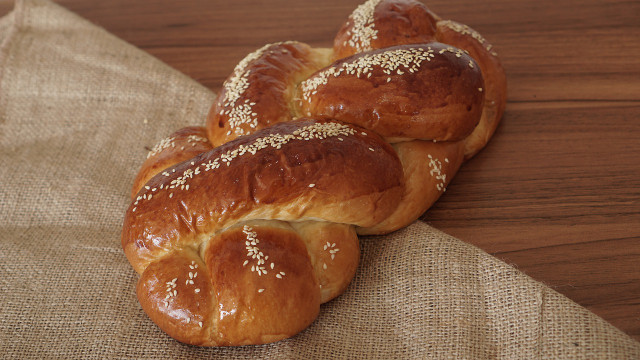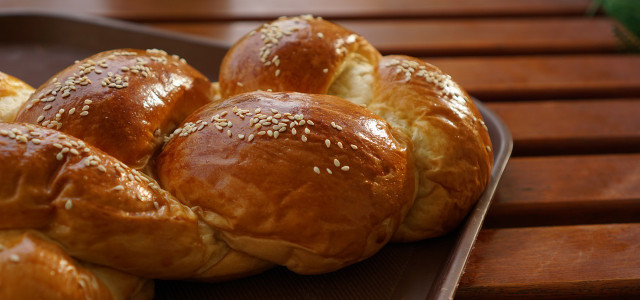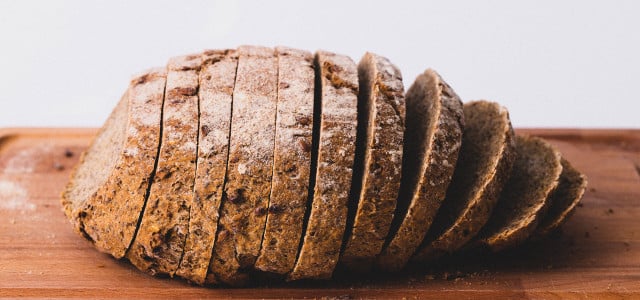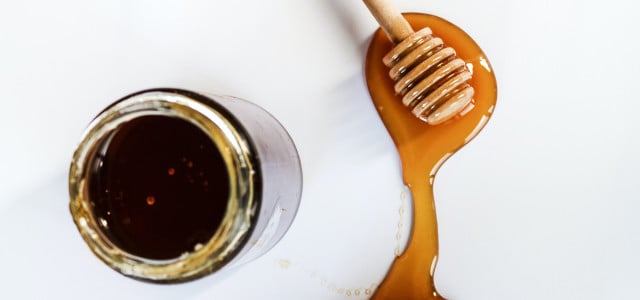Vegan challah bread is a delicious, flavorful, and beautifully golden loaf that will be a sure winner shared among your friends and family. Follow this guide on how you to bake this sweet vegan bread.
What is Challah?

(Foto: CC0 / Pixabay / dinar_aulia)
Challah is a traditional Jewish braided bread, served for the Sabbath and holidays. Challah is as enjoyable to look at as it is to eat! This soft, fluffy loaf is a pretty golden color and tastes delicately sweet. It is delicious on its own, but it is also perfect for dipping in soups, or lightly toasted and spread with jam.
Traditional challah is made with eggs, which is how it gets its characteristic golden color. But fear not vegans, you too can enjoy this sweet Jewish delicacy! Vegan challah bread tastes just as good as the original and it is a pleasure to make.
Recipe for Vegan Challah



(Foto: CC0 / Pixabay / CristinaGherghel)
Vegan challah, also known as water challah, uses water instead of eggs. The end result is still a golden loaf that you are going to love.
This recipe makes 1 large loaf.
Ingredients:
- 4 cups white bread flour or all-purpose flour (plus extra as needed)
- 2 ½ tsp instant yeast
- ¼ cup + 2 tbsp fine caster sugar
- 1 ½ tsp. salt
- 6 tbsp. vegetable oil (can substitute for olive, canola or sunflower oil)
- 1 cup + 1 tbsp + 1 tsp warm water
Glaze:
- 1 tbsp. maple syrup (substitute for agave)
- 1 tbsp. non-dairy milk of choice (substitute for water)
Instructions:
Start making this bread early in the morning as it needs lots of time to rise. For even better results, start it the night before.
- Place the flour in a large standing mixing bowl fitted with a dough hook (if you do not have a standing mixer, simply place the flour in a regular, large mixing bowl). Start by adding the yeast to one side of the bowl, and the sugar and salt to the other side. Mix to combine.
- Add the oil and most of the water and combine until a rough dough is formed. Add the rest of the water to bring the dough together as needed.
- If using a standing mixer, knead the dough for about 5 minutes. If working by hand, turn the dough out onto an un-floured surface and knead the dough for about 10 minutes.
- Once the dough starts to become smooth and silky and pulls away from the worktop, or the sides of the bowl cleanly, it is ready. The texture of the dough should not be sticky, but slightly tacky when you touch it. A dough that is too sticky needs more kneading and more flour. Add flour a spoonful at a time until the desired texture is reached.
- Lightly oil a large bowl and place the dough inside. Cover with a kitchen towel. If making the bread the same day, leave the dough to sit somewhere warm for about 2 to 2 ½ hours, or until doubled in size. If you are preparing this the night before, leave the dough to sit in a warm place for 1 hour before placing it in the fridge to rise overnight.
Braiding and Baking:
- Once the dough has doubled in size, punch it down. Now comes the fun part: the braiding of your challah. You can choose to braid your vegan challah bread with a simple 3-strand braid or attempt a more complicated 6-strand braid. This vegan challah recipe uses a 3-strand braid.
- First, start by dividing your dough into 3 equal portions. This can be done by feel and sight, or by using kitchen scales if you prefer.
- Shape the dough into log-like shapes using lightly floured hands.
- Now it’s time to roll the dough into ropes. To do this, place the dough onto a lightly floured surface, and with even pressure from your hands, roll the dough into long, even ropes.
- Place your challah dough ropes onto a lightly greased baking sheet or lined with parchment paper. Place the challah dough ropes side by side, leaving at least an inch between them, giving you enough room to braid.
- At one end, firmly pinch the ends of the dough ropes together to secure the ropes for braiding. Tuck the pinched end under to make sure the loaf stays together when in the oven.
- Spread the three ropes out. Pass the left rope over the middle rope so that it is now the middle rope. Pass the right rope over that middle rope so that it now also becomes the middle rope. Continue this same motion, always alternating sides, until your loaf is braided. Take your time with the braiding, as you don’t want to pull or tear the dough ropes too much, causing your vegan challah bread to lose its signature shape.
- When you have braided all the dough, pinch the ends together and tuck them under the loaf. This will help to keep your braid secure while your loaf rises and bakes, as well as give it a nice rounded and tapered shape.
- Cover the load with a clean tea towel and place in a warm place to rise for between 1 and 4 hours, or until it has doubled in size. When you gently poke the dough and it slowly springs back, leaving a small indentation, it is ready for baking.
- Preheat the oven to 350 degrees Fahrenheit/gas mark 4.
While your braids are rising, make the glaze by combining the maple syrup and milk in a small bowl. Set aside.
- Before placing your risen vegan challah dough in the oven, brush it all over with half of the glaze. Place your challah in the oven and bake for 20 minutes, then remove it agan and brush with the rest of the glaze (option here to sprinkle it with poppy or sesame seeds). Return your vegan challah bread to the oven for another 10 to 15 minutes, or until golden in color.
- Place the vegan challah bread on a wire rack and let it cool completely before slicing and serving.
Read on:
- How to Freeze Bread by Slice or Loaf & Keep it Fresh
- How to Soften Hard Bread Quickly and Easily
- German Bread Spice Mixes: 2 Simple Recipes
Do you like this post?








